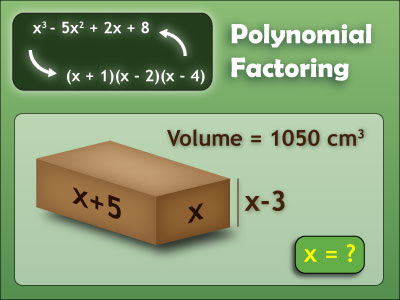Often we come across abnormally large numbers or abnormally small numbers like 400,000,000,000 or very, very small number like0.00000000002. Especially in the field of science such abnormal size of numbers is quite common.
In calculations involving such numbers, the work is cumbersome and possible errors may occur.
A special type of notation is used to simplify the dealings with these type of numbers and it is named as scientific notation as such numbers are very predominant in the field of science.
However a scientific notation must be used following a set of rules, universally accepted.
Let us take a closer look.
Scientific Notation Rules – Description
Since very large or very small numbers can be rounded to the appropriate place value, the power of 10 is used as base in scientific notation. The established general form is,
a x 10n, where, 1= I a I < 10
If ‘n’ is positive, it represents the number of zeroes from ‘a’ to the right of unit place and hence it denotes large numbers.
For very, very small decimal numbers ‘n’ is negative and represents the number of zeroes before ‘a’ up to the decimal point.
Scientific Notation Rules – Examples
The velocity of light is about 310,000,000 kilometers per second.
We find there are seven 0s after the digits 1. That is the number is same as 31 times 10 to the power 7. But as per scientific notation rules, 31x 107 is not allowed and hence the given is modified as 3.1 x 108
Thus in scientific notation, 310,000,000 = 3.1 x 108
Similarly it is equally incorrect to mention (as a scientific notation) 310,000,000 as 0..31 x 109
Let us consider another example with a very small number.
The wave lengths of a certain color is experimentally found to be 0.0000015 millimeter.
There are 6 decimal places to cross the digit 1from right. That the given number is (1/1000000)th of 1.5.
Hence in scientific notation it is written as 1.5 x 10-6
